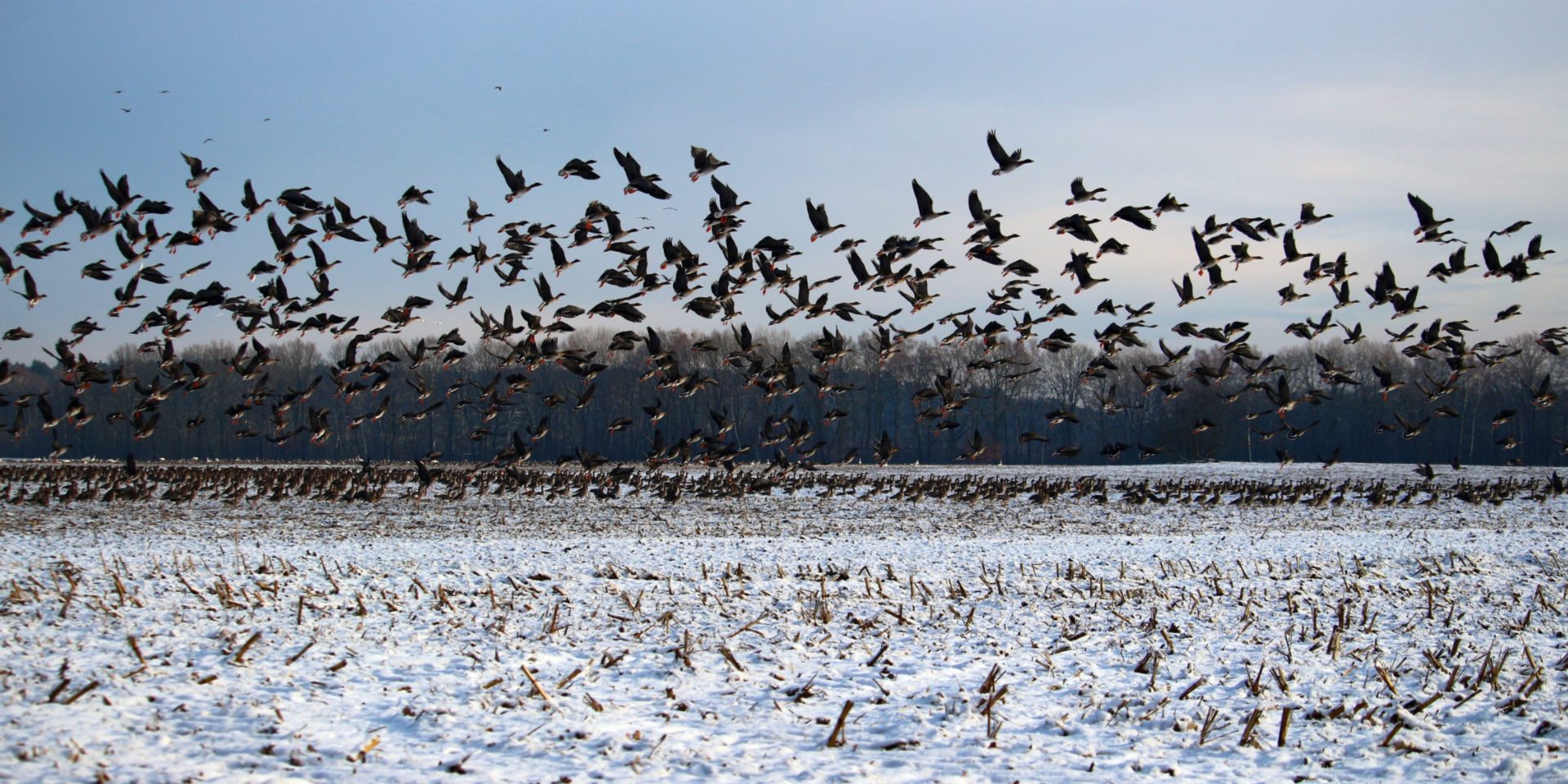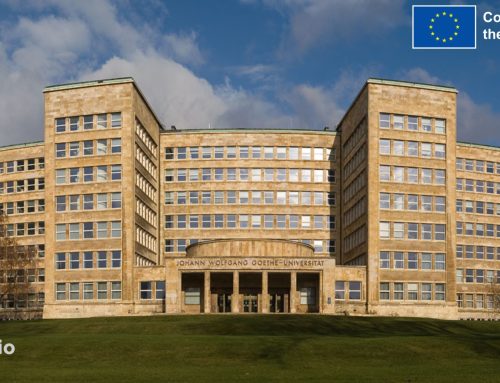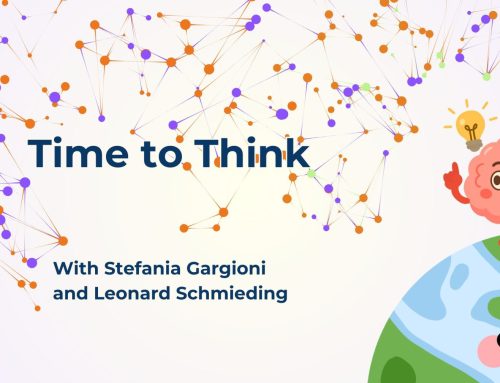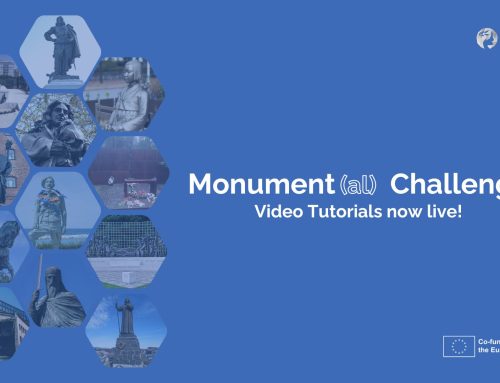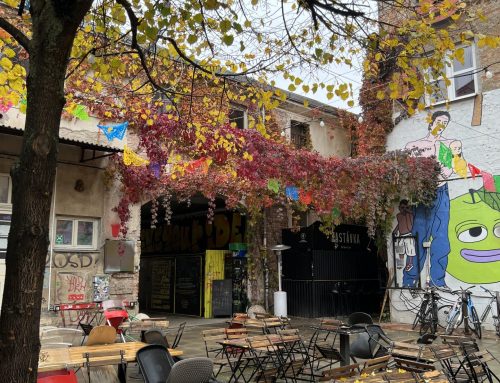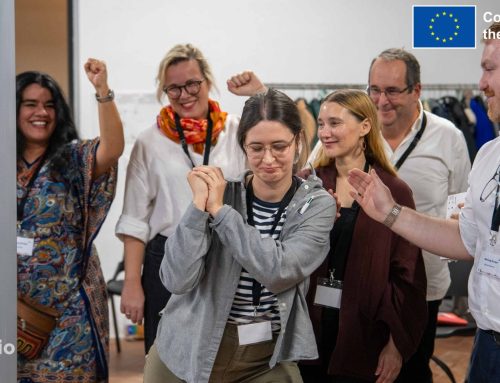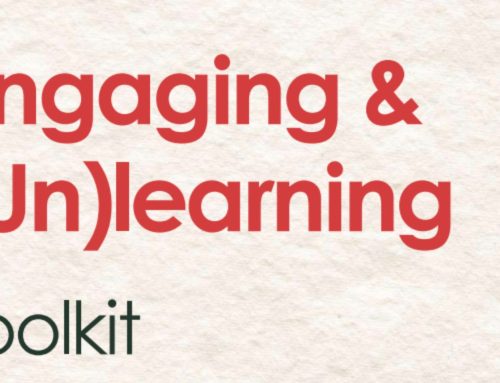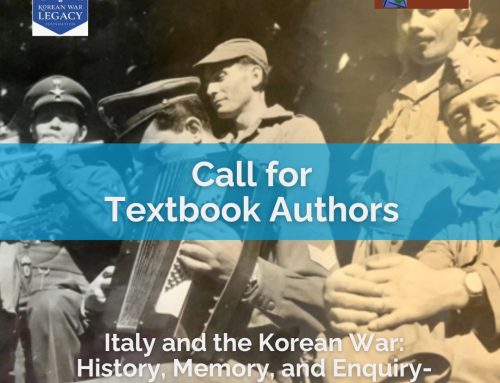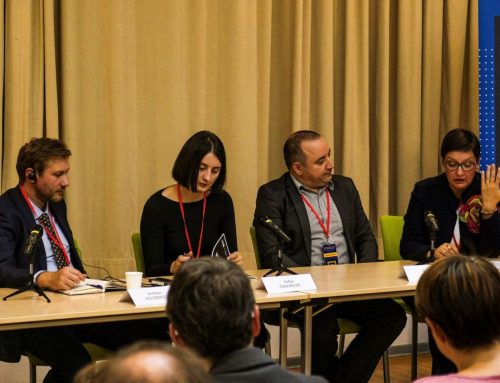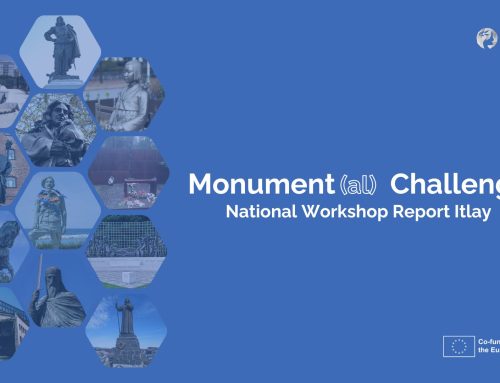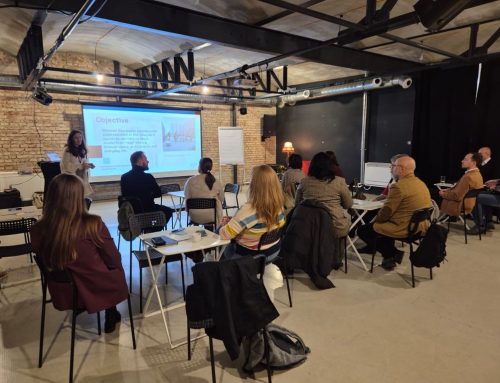The Global Migration project which is being developed for EuroClio’s Historiana website is distinct from the Moving Europe project which EuroClio is involved in coordinating along with the Migration Lab (University of Hidelsheim) and several museums located within the European Union. However, there is ongoing cooperation between the two project teams and with the partner institutions of the Moving Europe project. In particular the two projects share the aim of addressing the complexities of migration and the ubiquitous stereotypes, prejudices, myths and misconceptions around migration, particularly immigration, and we share a concern about the consequences of a distorted political debate on migration which may impact negatively on social integration within countries and on relations between nations and between countries in the developed and developing world.
But there are three major differences between our project and The Moving Europe Project:
- First, the focus of our project is on global migration and not just European immigration and emigration;
- Second, our project adopts a long-term historical perspective which highlights trends
and recurring patterns and their consequences; - And, third, our focus is on producing content and teaching and learning tools for use in secondary schools and with University undergraduates.
We are approaching these three objectives by:
- looking at migration from a transnational perspective i.e. by recognising that it is important for students to understand the relationships between the ‘countries of origin’, the ‘transit countries’ and the ‘host countries’ and how these relationships have changed over time rather than just focus on the impact of migration on ‘the host countries’;
- focusing on the key variables in any significant population migration:
- the different kinds of migration (emigration and immigration; voluntary and forced;
asylum seekers and refugees; seasonal and permanent; long term and short
term; etc) - the push and pull factors (i.e. why people migrate);
- the migrants’ experiences of migration and their reception in host countries,
- the contributions made by migrants to those host countries;
- the negative and positive impact of emigration on the ‘countries of origin’.
- the different kinds of migration (emigration and immigration; voluntary and forced;
- comparing population migrations across time and space.
The topic of global migration is not universally taught in secondary schools around the world, although it is likely that schools are encouraged to cover periods of significant emigration or immigration that have impacted on their national histories, e.g. transatlantic slavery or slavery during antiquity; colonial settlement; deportation of minority populations; forced migrations during civil and international wars and national disasters, migration following the establishment of trading links, etc. There is a potential here for teachers to seek to put such national events and developments into a broader global context, i.e. ‘Was this an isolated development or part of a broader trend? And/or to look at similarities and differences between developments at different times, e.g. comparing the experiences of those moving from rural areas to towns and cities during industrialisation with those of people who migrated to other countries and continents as a means of escaping poverty.
We decided, therefore, that our approach to global migration needed to be flexible in order to meet the diverse needs of history teachers and their students. We needed to recognise that some teachers may be planning several weeks of lessons on a particular migration topic and therefore looking for content to fill their lessons, but others may be planning just one or two 55-minute lessons, while yet others may be looking for content on a particular theme that could be inserted into lessons on different topics and periods either to broaden students’ understanding or to encourage them to make comparisons across space or time. For example, when covering World War One and the decline and defeat of the Ottoman Empire they might include content on the Armenian diaspora that followed the massacres of Armenians in their homeland between 1915 and 1922 and compare it with the second wave Armenian diaspora during the period leading up to the dissolution of the Soviet Union 1988- 1991.
After reviewing the options open to us we decided that our preferred option would be to develop some kind of educational toolkit that would provide more flexibility than the conventional historical narrative. It would contain a number of tools that the history teacher (or citizenship teacher) could use depending on:
- the age and ability range of the class;
- the amount of time on the curriculum timetable available for covering migration;
- the wider community’s attitudes to migration as a contemporary issue.
The ToolKit would enable teachers to select what they want to use and how they want to use it.
This Toolkit involves the following main elements:
- Two short introductory videos (6.5 minutes each) – one on why people migrate and the other on what we really know about migrants using data from the United Nations and the Global Migration Data Portal).
- An interactive map on 30-35 mass migrations since 1700 showing where the
migrants came from, where they went and the routes they took. - Case studies on each of the 35 migrations along with Research Notes and
references for teachers and older students, and Flash Cards (short summaries of the key questions covered by the case studies) which teachers can download and use in card sort activities). - Interactive Timeline with multiple strands (one for each continent or region)
- Personal stories telling the lives of migrants from different places and at different times to help students understand why people migrated and the challenges they face and to provide opportunities for students to empathize with migrants. We are exploring the possibility of using graphic cards here.
- Decision-making games – these are also intended to help students to “put
themselves in the shoes of migrants” and think about what they would do if they were in the same situation. - Source collections – each case study will have a downloadable source collection.
We are aiming to complete the first version of the ToolKit by spring 2027. However, aspects of it will be uploaded to Historiana as they are completed. Once the ToolKit is uploaded we will invite volunteers to add further content or other educational tools.
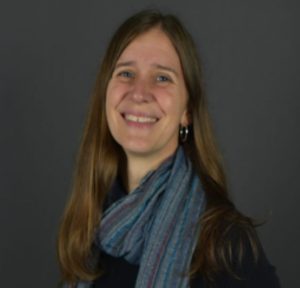
Dr Nikki Magie, University of Olivet, Michigan
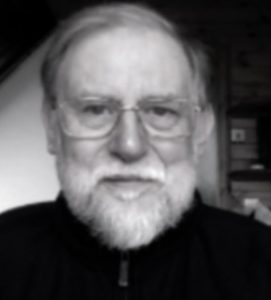
Dr Bob Stradling, Historiana editor in chief

